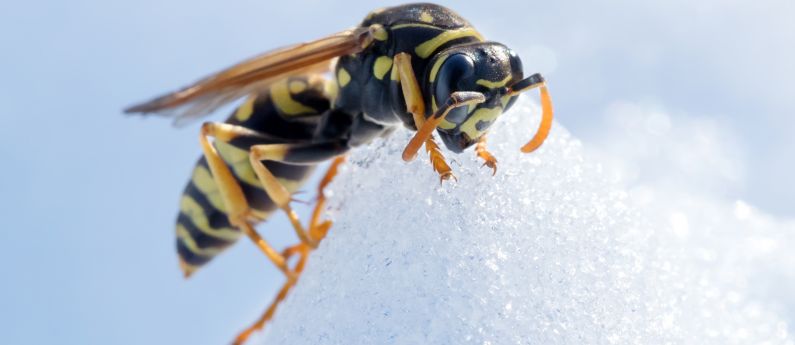Tomorrow begins the Winter Solstice – the shortest day of the year, and the first day of winter in the Northern Hemisphere.
So what kind of winter are we in for? Many people look to the Old Farmers' Almanac for the answer.
The Almanac's long-term predictions are made 18 months in advance and claim an 80 percent accuracy rate, according to Sarah Perreault, senior editor. The 200-year-old formula used by the Old Farmers' Almanac melts rumors of a mild winter with their warning to "Get ready for shivers, snowflakes and slush! Big chills and strong storms will bring heavy rain and sleet, not to mention piles of snow!"
"Our extended forecast is calling for yet another freezing, frigid and frosty winter for two-thirds of the country," says Farmers' Almanac Editor Peter Geiger.
Last year's prediction, which proved to be correct, called for a long and snowy winter. The Farmers' Almanac promises the upcoming 2019-2020 season will be "another wild ride" with frigid temperatures and "hefty snowfalls" affecting a majority of the country..
Since RESCUE! is in the bug business, we often get asked what insects do in winter. Does a harsh winter and heavy snowfall result in fewer bugs?
The answer, typically, is no. Insects have several ways to deal with cold weather. Some simply migrate. Some are freeze-tolerant thanks to compounds in their bodies called “cryoprotectants”, which is similar to antifreeze. Heavy snowfall on the ground acting as an insulation layer might even be better for these insects, since it can help them survive the harsh winter,
Many insects overwinter by entering a state of either diapause or hibernation. During this period, their metabolism slows and they run off stored food/energy reserves in their bodies until temperatures rise and they become active again.
Most of the insects RESCUE! deals with go into hibernation, not diapause. What’s the difference? Simply put, diapause is a physiological dormancy in any stage of an insect’s development induced by certain adverse environmental conditions, while hibernation is inactive winter sleep.
Temperature isn’t the only factor that triggers the insects to overwinter. Shorter days in the lead-up to winter signal to the insects’ bodies that it’s time to hibernate.
The overwintering site – and the length of that overwintering – is important. If insects emerge from diapause or hibernation too early, they will be exposed to harsh conditions – Stable temperatures are best, as opposed to a frequent freeze-thaw cycle. The latter can cause insects to emerge too early, thinking it’s spring. They can succumb to harsh conditions once the weather goes from thaw back to freeze.
Here’s a rundown of the ways some insects react to winter weather:
Yellowjackets, wasps and hornets: Only the newly fertilized queens survive at the end of the season. These queens will spend the winter months hibernating in sheltered locations like tree stumps, under debris, or inside attics or wall voids. They emerge during the first warm days of spring to look for new nest sites.
Stink bugs: Adult stink bugs enter homes in fall for a warm place to spend the winter. Once indoors, they go dormant and live off stored energy reserves from their fall consumption of fruit, vegetables and foliage. When their food stores run out, or the sun comes through the winter and warms their hiding spot, or the area experiences an unseasonably warm period (such as Pittsburgh’s mid-60 degree temperatures in February 2011) their bodies think it’s spring and they start moving around inside the home looking for a way outside.
Asian ladybugs: Adults enter homes through small cracks around windows and doorways and gather in groups to hibernate.
Flies: Most common filth and nuisance flies spend the winter in either the larval or pupal stage under manure piles, organic matter or in other protected locations.
Cluster flies: Adult flies enter houses in large numbers and spend the winter in “clusters” in walls, attics and basements of a home, and also often in the corners of a room or near windows.
Mosquitoes: The male mosquitoes die at the end of the season, and only the females overwinter, hibernating in hollow logs. Some species spend winter in the larvae or pupa stage and suspend their development until the weather warms.
Japanese Beetles: After the summer mating season, Japanese Beetle grubs burrow deep into the soil in August/September and hibernate until spring when the weather warms up. They then wake from their winter nap, move toward the surface, and begin feeding on the roots of turf grasses.
Pantry & Birdseed Moths: Adult moths become lethargic and the development of eggs, larvae and pupae slows down.
Ants: Ants typically eat large amounts of food in the fall to prepare for winter hibernation. As the temperatures drop, they become sluggish and then spend the cold months in warm places (under soil, tree bark or rocks… or indoors), resuming activity in the spring.
Although winter weather plays a role, the bigger determining factor in the severity of an insect problem is the onset of spring temperatures. Generally speaking, the earlier the spring weather, the faster insects get established.
So as most insects settle down for a long winter’s nap, you can enjoy your snowy wonderland free of bugs… for now.


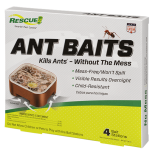 Ant Baits
Ant Baits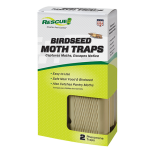 Birdseed Moth Trap
Birdseed Moth Trap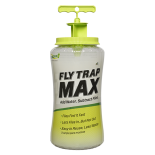 Fly Trap Max
Fly Trap Max Fly Trap, Big Bag
Fly Trap, Big Bag 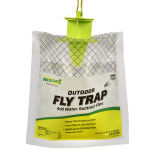 Fly Trap, Disposable
Fly Trap, Disposable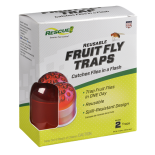 Fly Trap, Fruit Fly
Fly Trap, Fruit Fly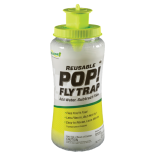 Fly Trap, POP! Fly
Fly Trap, POP! Fly 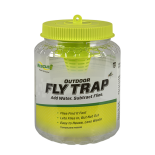 Fly Trap, Reusable
Fly Trap, Reusable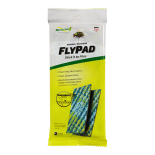 FlyPad
FlyPad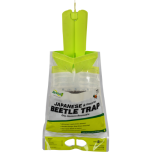 Japanese & Oriental Beetle Trap
Japanese & Oriental Beetle Trap Spider Trap
Spider Trap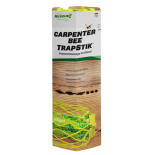 TrapStik, Carpenter Bee
TrapStik, Carpenter Bee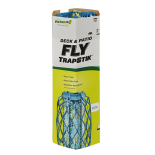 TrapStik, Deck & Patio Fly
TrapStik, Deck & Patio Fly 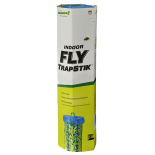 TrapStik, Indoor Fly
TrapStik, Indoor Fly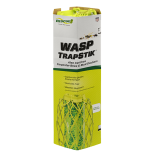 TrapStik, Wasp
TrapStik, Wasp W·H·Y Trap for Wasps, Hornets & Yellowjackets
W·H·Y Trap for Wasps, Hornets & Yellowjackets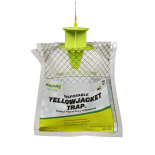 Yellowjacket Trap, Disposable
Yellowjacket Trap, Disposable 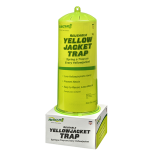 Yellowjacket Trap, Reusable
Yellowjacket Trap, Reusable 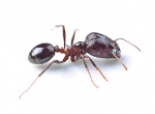 Ants
Ants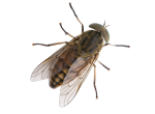 Biting Flies
Biting Flies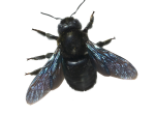 Carpenter Bees
Carpenter Bees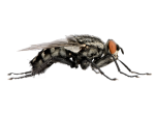 Flies
Flies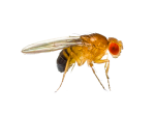 Fruit Flies
Fruit Flies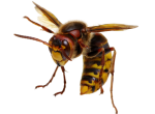 Hornets
Hornets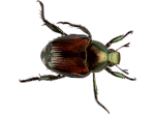 Japanese Beetles
Japanese Beetles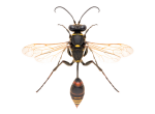 Mud Daubers
Mud Daubers Oriental Beetles
Oriental Beetles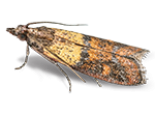 Birdseed & Pantry Moths
Birdseed & Pantry Moths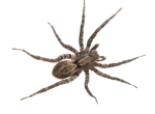 Spiders
Spiders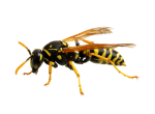 Wasps
Wasps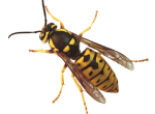 Yellowjackets
Yellowjackets